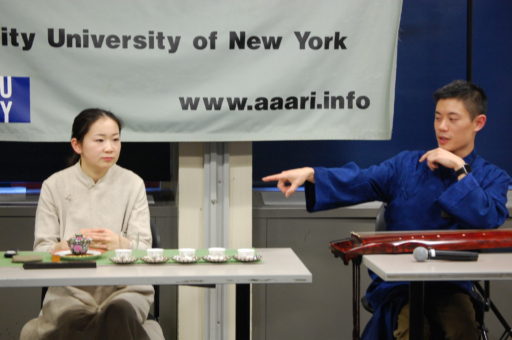Kulintang Kultura: Danongan Kalanduyan and Gong Music of the Philippine Diaspora
Co-produced by Theodore S. Gonzalves and Mary Talusan Lacanlale, Kulintang Kultura, from Smithsonian Folkways Recordings, pays homage to the late Danongan “Danny” Kalanduyan, a talented musician and generous teacher who championed traditional Filipino kulintang gong music in the United States, helping to keep the memory and practice alive.


